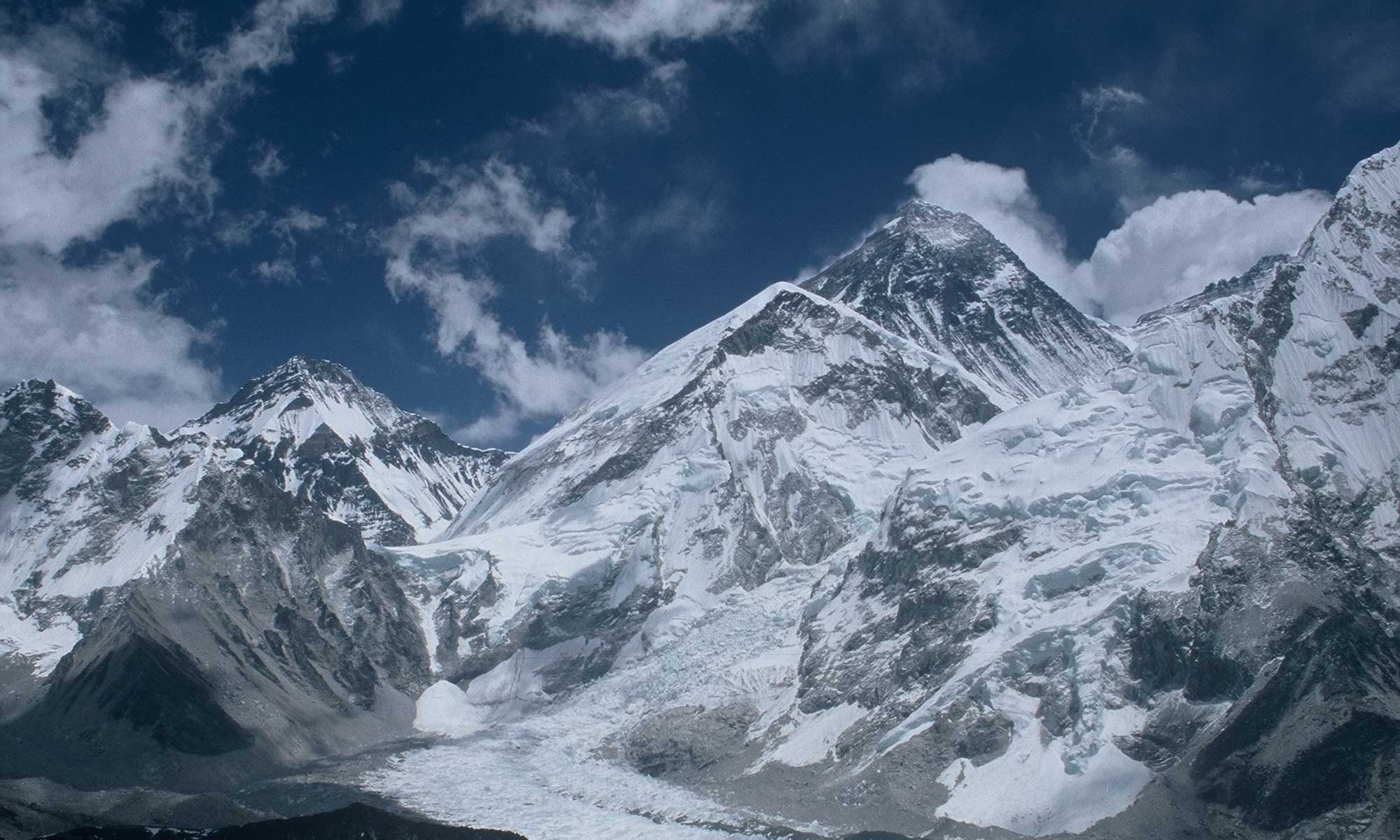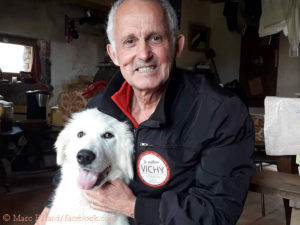The season of commercial expeditions on Mount Everest can begin. The Sagarmatha Pollution Control Committee (SPCC) announced today that the six Icefall Doctors – Ang Sarki Sherpa, Dawa Nuru Sherpa, Pemba Tshering Sherpa, Sonam Tshering Sherpa, Chewang Nuru Sherpa and Ngima Gyaljen Sherpa – have successfully completed their work in and above the dangerous Khumbu Icefall after two and a half weeks.
Every year, the Icefall Doctors prepare the route for the commercial teams – with fixed ropes and ladders up to Camp 2 at around 6,400 meters. They also maintain the route until the end of the season in early June. For this service, the teams have to pay $600 per expedition member to the SPCC.
Team of black climbers wants to set an example
For this spring season on Mount Everest, Nepal’s Ministry of Tourism has so far (as of 8 April) issued 204 climbing permits to foreign climbers. Most of the summit aspirants registered so far are from the USA (51). Among them is the eleven-member “Full Circle” team, which consists exclusively of black climbers. By climbing Everest (with bottled oxygen), the U.S. team says it wants to “promote racial equity in the great”
Batard doesn’t want to go through Khumbu Icefall
Some Everest candidates from commercial teams have announced their intention to forgo bottled oxygen during their ascent – such as Brit Marina Cortes , Asmita Dorjee Sherpa, who was born in the Everest region of Nepal but now lives in India, Indian Arjun Vajpai and Irishman James McManus.
Frenchman Marc Batard also wants to climb Mount Everest without a breathing mask. At 70, he would be the oldest climber of all time without bottled oxygen on top of the highest mountain on earth if he succeeds. In the late 1980s, Marc was a big shot in the Himalayas. Within just under ten months, the “sprinter”, as he was known because of his fast pace, summited four eight-thousanders, all without bottled oxygen. In 1988 and 1990 he stood on the summit of Mount Everest.
Unlike the commercial expeditions, Batard and his fellow climbers want to steer clear of the Khumbu Icefall. Last fall, they opened up an alternative route in the Nuptse flank from Gorak Shep, the highest inhabited settlement near Everest, up to an altitude of 5,880 meters, which they now want to complete. It should to lead directly to Camp 2. “If I don’t find this route, I can’t climb Mount Everest,” Batard said in an interview with the French newspaper Le Parisien: “Because I don’t want to go through the icefall. Even though I’ve climbed it a few times, it’s too dangerous for me.”



I love your posts for their abundance of information!